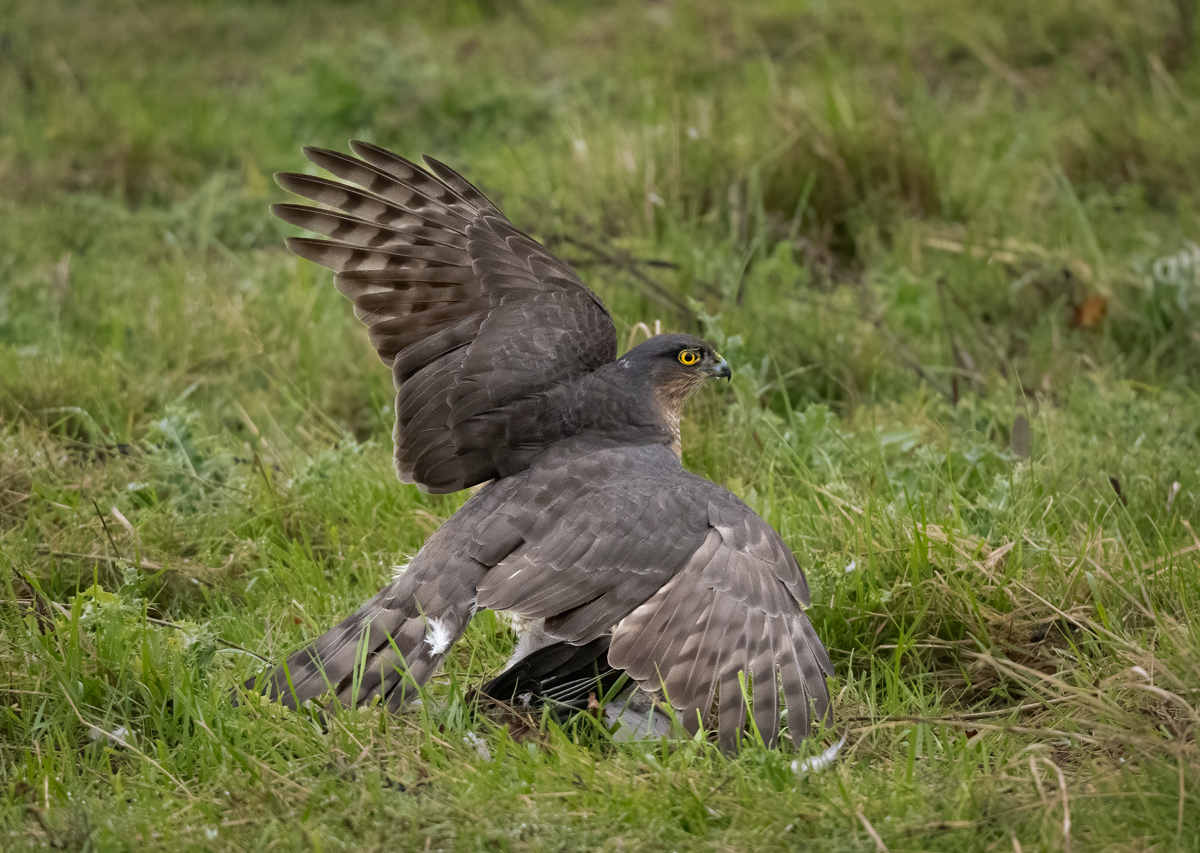
by Steve Huggins
In October 2022 I had the privilege of guiding Chicago Professional Bird Photographer Owen Deutsch on a trip to the United Kingdom (UK). We visited many excellent locations throughout the country to photograph birds – many of these locations were nature reserves that are owned and managed by the Royal Society of the Protection of Birds (RSPB).
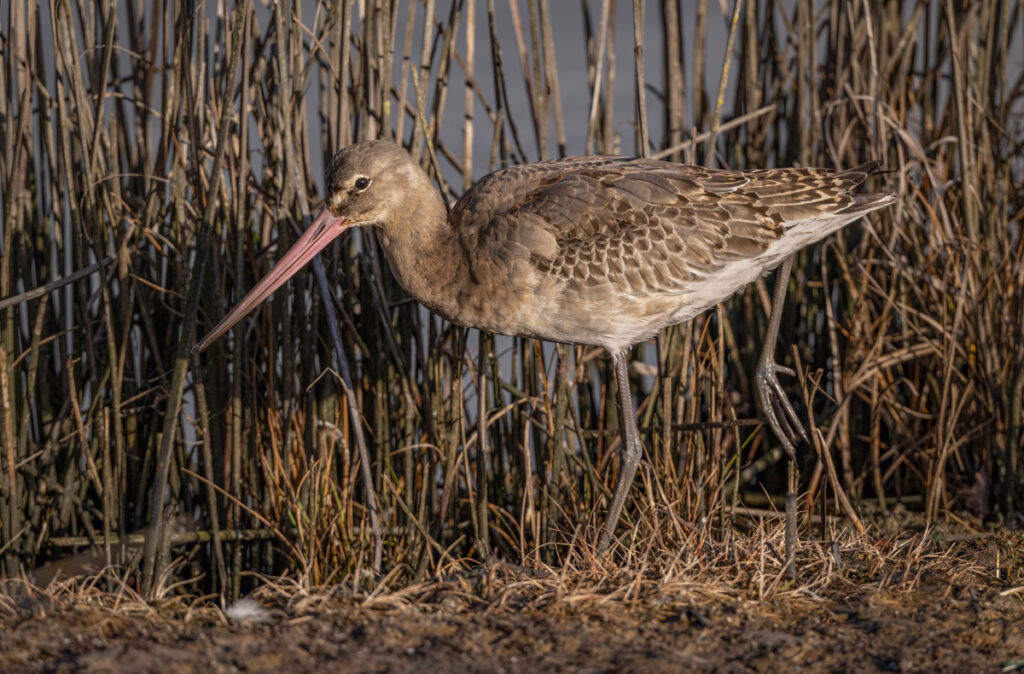
The RSPB is today one of the world’s largest conservation organizations with a membership of over one million people, a staff of more than 2,000, and over 10,000 volunteers. In the UK the RSPB manages more than 200 nature reserves with an aim for wildlife conservation and public education. The reserves cover a wide array of habitats from estuaries, heathland, woodland, lakes, and farmlands. Now, as a partner to Birdlife International, the society’s reach is now truly worldwide.
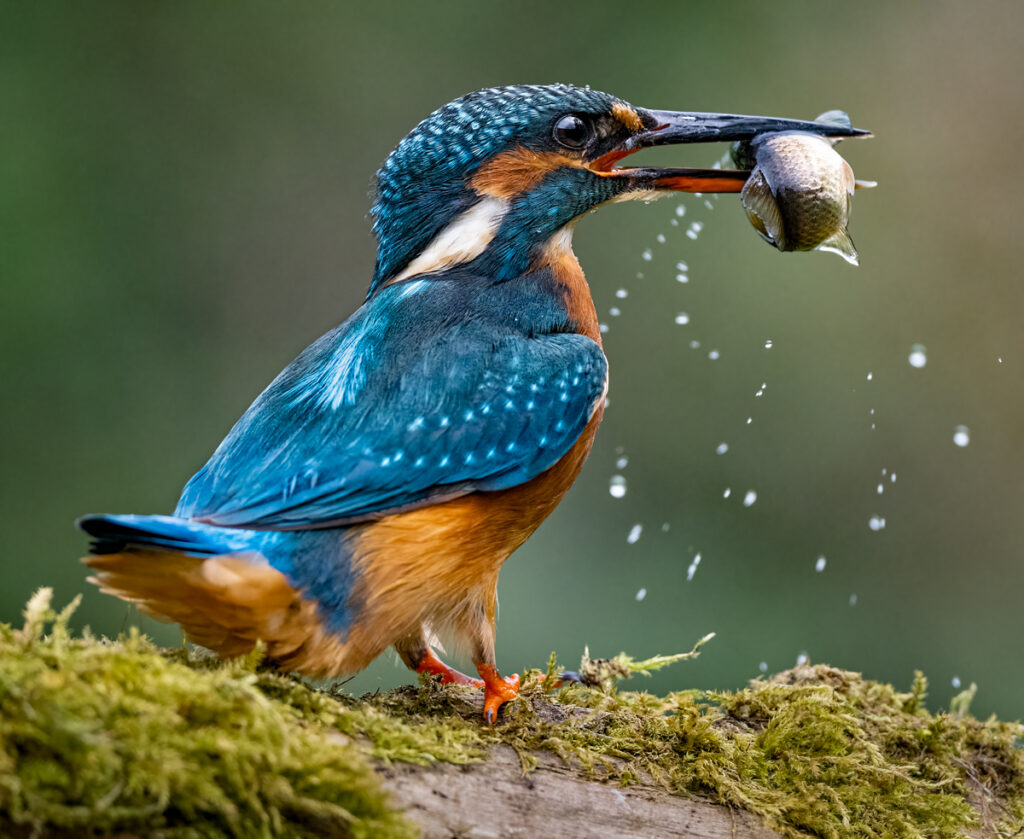
The origins of the RSPB stem from two groups of women who independently formed a group to protest and campaign against the use of feathers in clothing in 1889. At the time many birds were heading towards extinction due to the unchecked trade in plumage – it was a worldwide problem with many of the feathers imported to the UK were used to adorn hats especially. The two groups grew in popularity and joined to form the Society for the Protection of Birds in 1891. Fifteen years after its founding the society was awarded the Royal Charter by King Edward VII – it was instrumental in introducing laws to ban feathers in clothing in the UK.
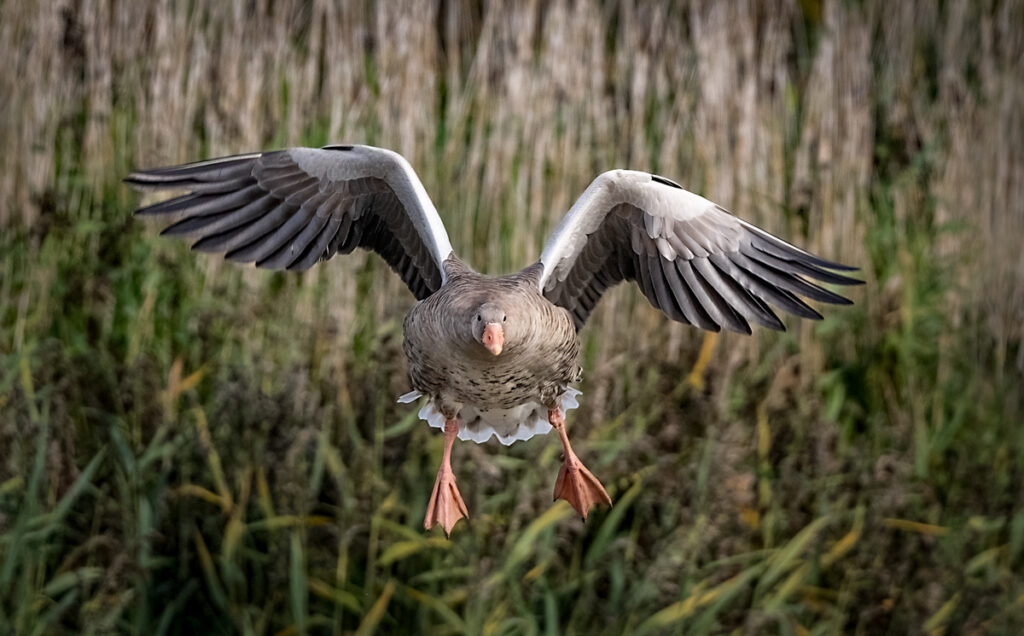
In 1930 the RSPB purchased its first land for a nature reserve, in 1947 they bought its flagship reserve Minsmere in Suffolk – with the management of the reserve the Pied Avocet bred for the first time in the UK for many years, the avocet became the societies emblem and still adorns the highly recognizable logo today. Today the RSPB has 222 Nature Reserves scattered throughout the United Kingdom.
You can check out a full history of the RSPB on their website.
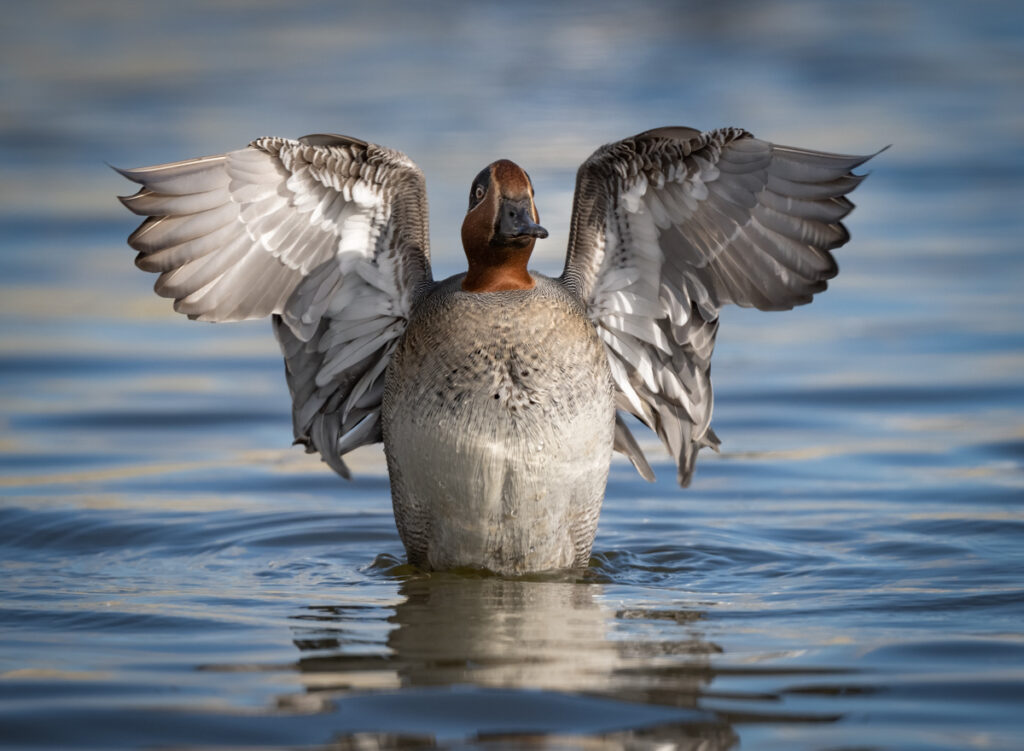
In October with Owen, we visited RSPB reserves throughout our travels. Titchwell RSPB and Snettisham RSPB in Norfolk, Nagshead RSPB in Gloucestershire, Aylesbeare Common RSPB and Bowling Green Marsh RSPB in Devon, and Radipole Lake RSPB, Lodmoor RSPB and Arne RSPB in Dorset. One thing you notice when you visit nature reserves in the UK and especially so at RSPB nature reserves are the facilities for the public. Many have visitor centers with staff and volunteers to assist and answer all and any questions you may have. Members of the RSPB gain entrance to reserves for free, if you’re not a member a small fee is charged – if there’s no visitor center then it’s the honor system to leave your deposit in a fee box. Many of the larger reserves even have cafes and concessions stands in the visitor centers.
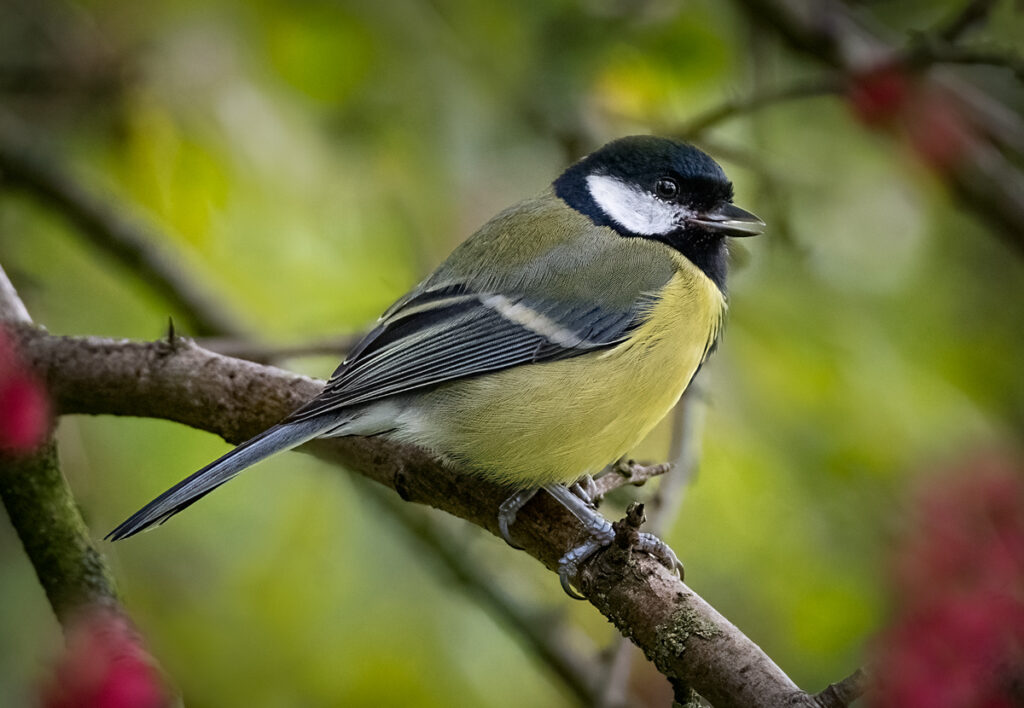
I’ve lived in Chicago for over 20 years now, and one thing that’s still frustrating for me as I birdwatch locally or throughout the state of Illinois is the lack of infrastructure for birdwatchers. Especially at the larger reserves and parks the birds can be frustratingly far away with no access to get closer; or if you can there’s no cover so the birds will flush. More frustratingly the areas are multi-use with priorities given to other pastimes such as fishing which creates a disturbance to wildlife or hunting that often results in the whole area being closed for public access. RSPB reserves are managed purely for wildlife and wildlife viewing. Each of the reserves we visited had an amazing array of hides and blinds, varying in both size and comfort. Some hides can be impressive multi-story constructions, others may be simple blinds. The hides are often placed right in the middle of the habitat and birds can be amazingly close allowing for great views and photography opportunities. To reach some of the hides there can be walkways with fences, hedgerows, or earth embankments that shelter you as you approach the hide and therefore do not disturb the wildlife.

Hides are more often than not wooden construction with a roof that protects the occupants from the elements. The size of the viewing ports vary but are usually horizontal slits that can be opened and closed, the openings are large enough to view with binoculars, a camera, or a telescope. Most of the hides have wooden benches to sit in comfort to watch from. Some people will often sit in the hides for hours watching the comings and goings of the birds and other wildlife. Hides can often become a communal gathering point for birdwatchers and photographers, though it is good etiquette to remain fairly quiet and only talk in low volume or whispers so to not to disturb the wildlife that may be just outside the window. Many hides are fully accessible for those with disabilities and have wheelchair-access designated spots.
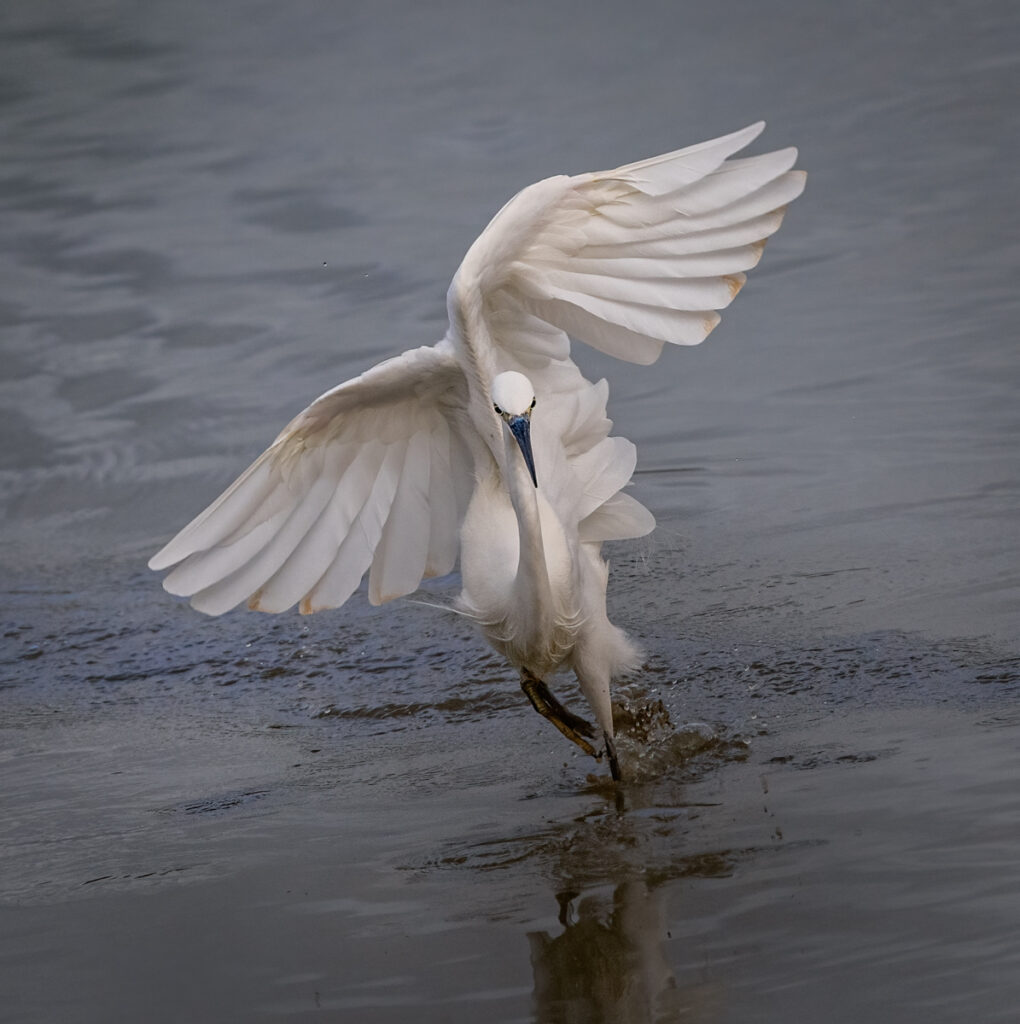
Hides also provide shelter from the variable weather that the UK has to offer. We were visiting in October when rain can often be a problem. Although the weather was mostly great we could hardly expect not to get a good soaking from the rain at some stage. When we visited Snettisham RSPB reserve we got caught in a fairly heavy downpour as we walked out towards the viewing points – the first hide was a very welcome shelter point. We shared the hide with another group of sheltering birders and watched the tide rising on the Wash to our west enjoying many groups of birds from our now dry vantage point. The hides also provide great cover from strong winds or the hot sun.
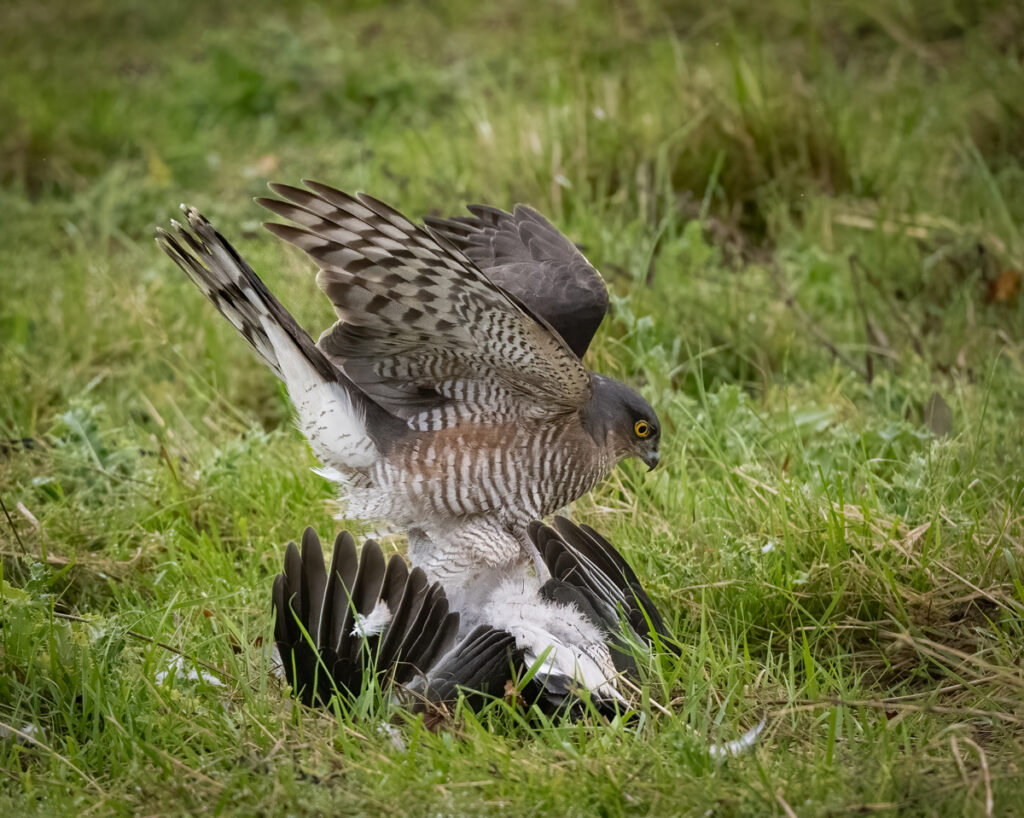
On another occasion just after arriving at the brand new hide overlooking the RSPB reserve at Bowling Green Marsh in Devon a Eurasian Sparrowhawk captured and ate a Common Wood-Pigeon less than 100 feet from the hide. The hawk could not carry the pigeon away so the observers in the hide were treated to superb views of this awesome hawk for over an hour. The chances of watching this event without the hide would be very slim and the hawk would surely have been nervous and likely fly away if you came across the same scene on a trail. Of course, Owen was able to photograph the whole event and obtained some amazing photographs.
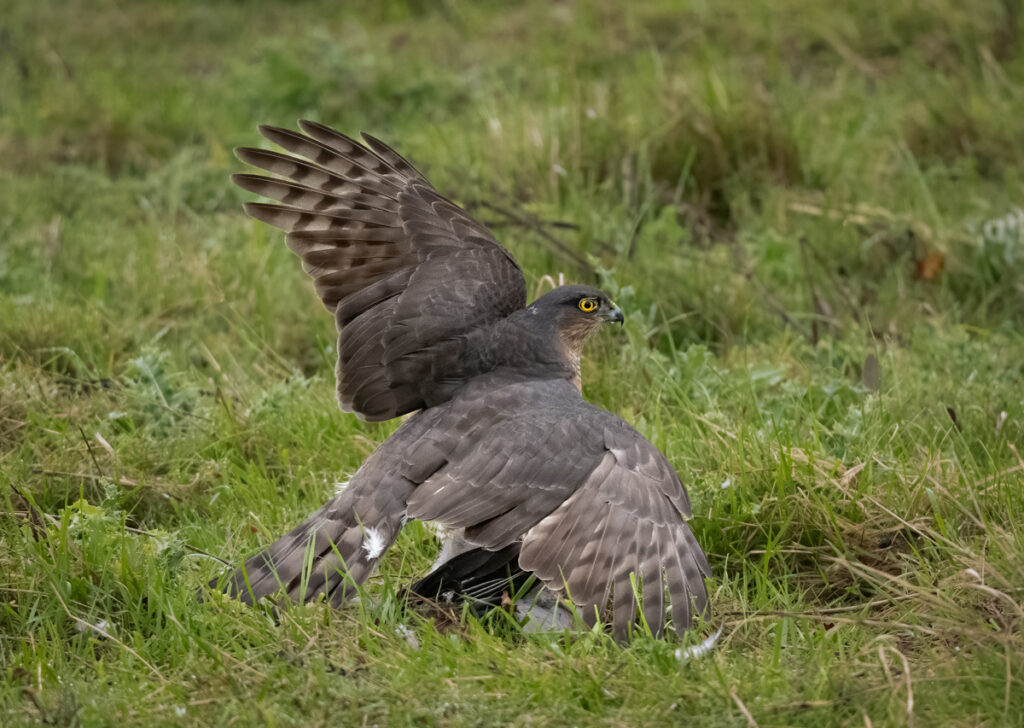
Hides offer an added element to our enjoyment of nature – I hope you enjoy Owen’s photos taken from the many of the hides we visited during our visit.


